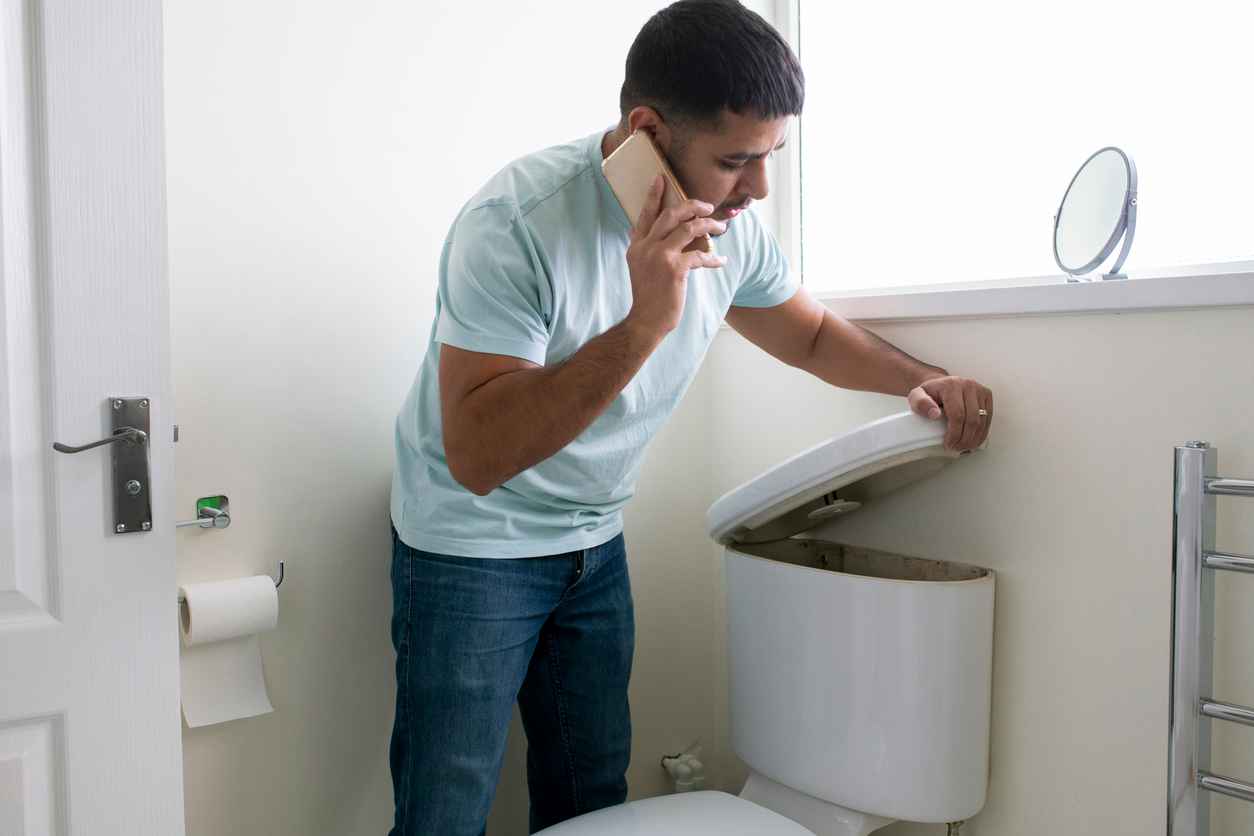absolute plumbing Inc.
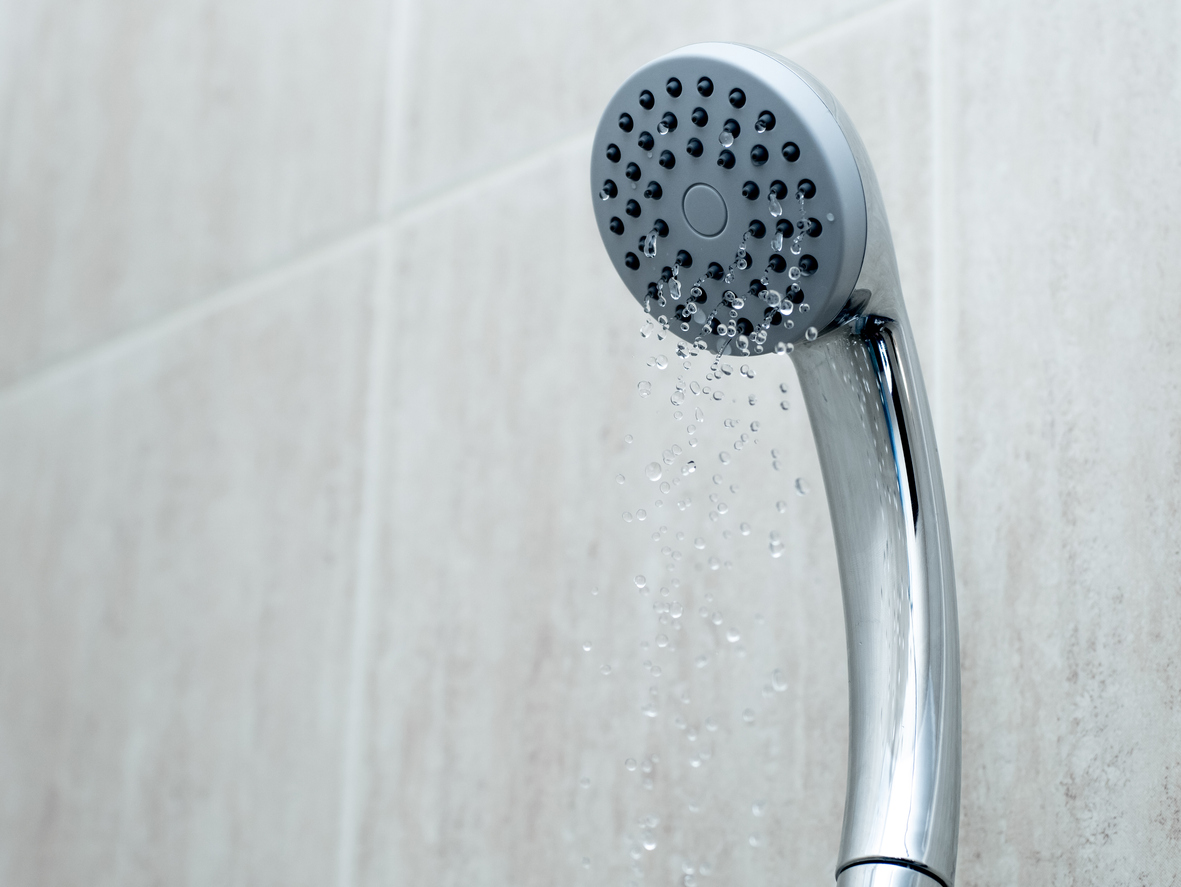
How to Fix Low Water Pressure in Your Home
Low water pressure can be a frustrating issue for homeowners, affecting everything from showering to washing dishes. While it might seem like a minor inconvenience, it often signals deeper plumbing problems. Absolute Plumbing provides a comprehensive guide to diagnosing and resolving low water pressure issues, ensuring your home’s plumbing system operates at its best.
Start with the Basics
The first step in addressing low water pressure is to determine its scope. If the problem is isolated to a single faucet or shower, the solution might be as simple as cleaning aerators or showerheads. These components can become clogged with sediment and mineral deposits over time, reducing water flow. Unscrewing the aerator or showerhead and soaking it in vinegar overnight can dissolve these blockages, restoring pressure.
Check for Leaks
Leaks in your plumbing system can divert water flow, leading to decreased pressure. Inspect visible pipes for signs of leaks, such as wet spots, mold, or mildew. Also, monitor your water bill for unexplained increases, which can indicate hidden leaks. Small leaks can often be repaired with DIY methods, but larger leaks or those in inaccessible areas may require professional intervention.
Inspect the Water Valve
Sometimes, the issue is as simple as a partially closed main water valve or meter valve. These valves, located where the water line enters your home and at the meter, should be fully open for optimal water flow. A partially closed valve can significantly reduce water pressure. Ensure both valves are fully open to rule out this easy-to-fix issue.
Consider the Water Pressure Regulator
Homes equipped with a water pressure regulator might experience low pressure if the regulator fails or is incorrectly set. This device, typically installed where the main water line enters the house, controls the pressure of water entering your plumbing system. If adjusting the regulator doesn’t improve pressure, it might need to be replaced, a task best handled by a professional.
Evaluate the Pipes
Older homes with galvanized steel pipes can suffer from corrosion and mineral buildup inside the pipes, restricting water flow. If your home is older and you’re experiencing widespread low pressure, corroded pipes might be the culprit. Replacing old pipes with modern materials like copper or PEX can permanently resolve pressure issues, although it’s a significant investment.
Consult with Your Neighbors and Utility Company
Before undertaking major repairs, check with neighbors to see if they’re experiencing similar issues. If the problem is community-wide, the cause might be external, such as issues with the municipal water supply. Contacting your water utility can provide insights into any known problems or ongoing maintenance that might be affecting water pressure.
When to Call a Professional
If basic troubleshooting doesn’t resolve the low water pressure, it’s time to call in the experts. Professional plumbers can conduct a thorough assessment, including checking for complex leaks, evaluating the condition of your pipes, and ensuring your system is free from blockages that DIY methods can’t address.
Conclusion: Restoring Optimal Water Pressure
Dealing with low water pressure requires a systematic approach to identify and fix the underlying causes. Whether it’s a simple fix like cleaning an aerator or a more complex issue like replacing corroded pipes, understanding the potential causes can help you take the right steps toward resolution. Absolute Plumbing is here to assist, offering expert advice and professional services to ensure your home enjoys consistent, adequate water pressure.
Recent News
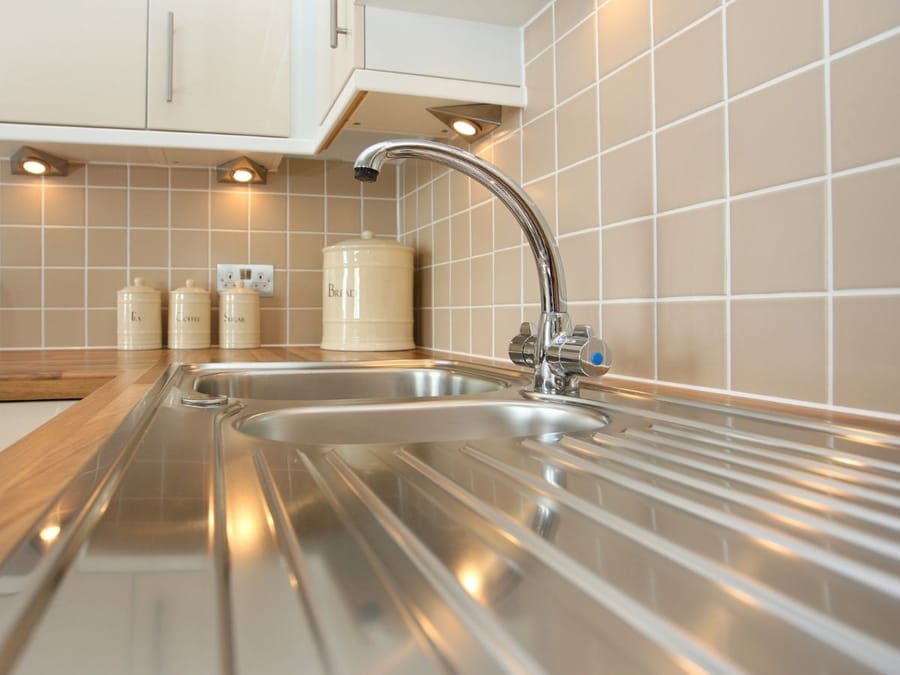
What Should Be on My Home Plumbing Maintenance Checklist?
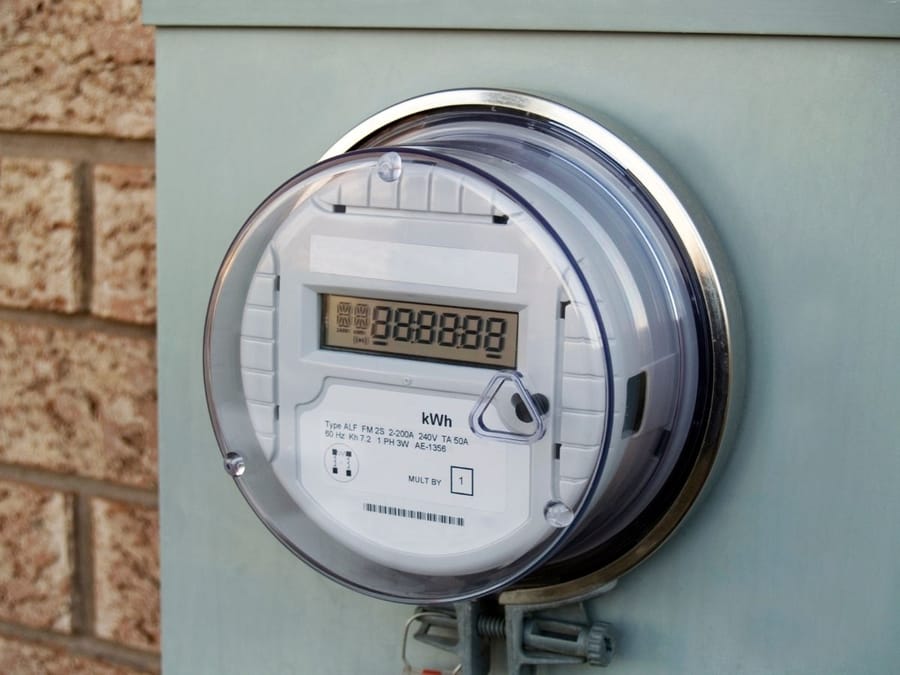
How to Read Your Water Meter (and Catch Hidden Leaks)

How Can You Reduce Water Waste Before Summer Hits?
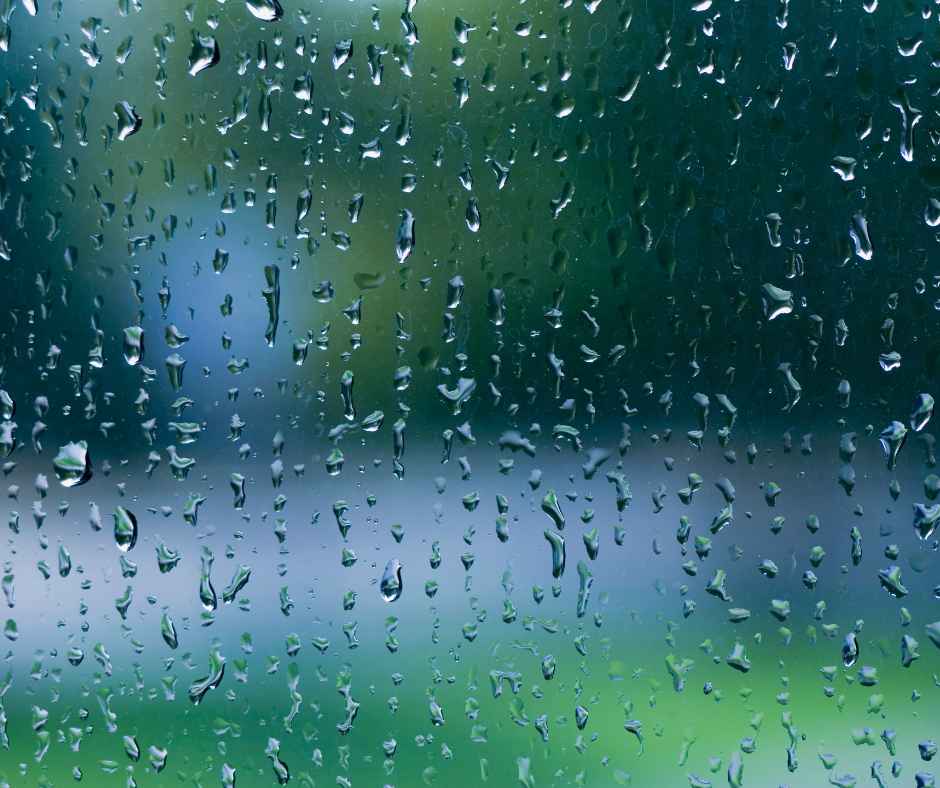
Are Your Pipes Ready for Spring Storms and Heavy Rain?

Why Is My Water Heater Not Working After Winter?

How to Clean a Kitchen Faucet
